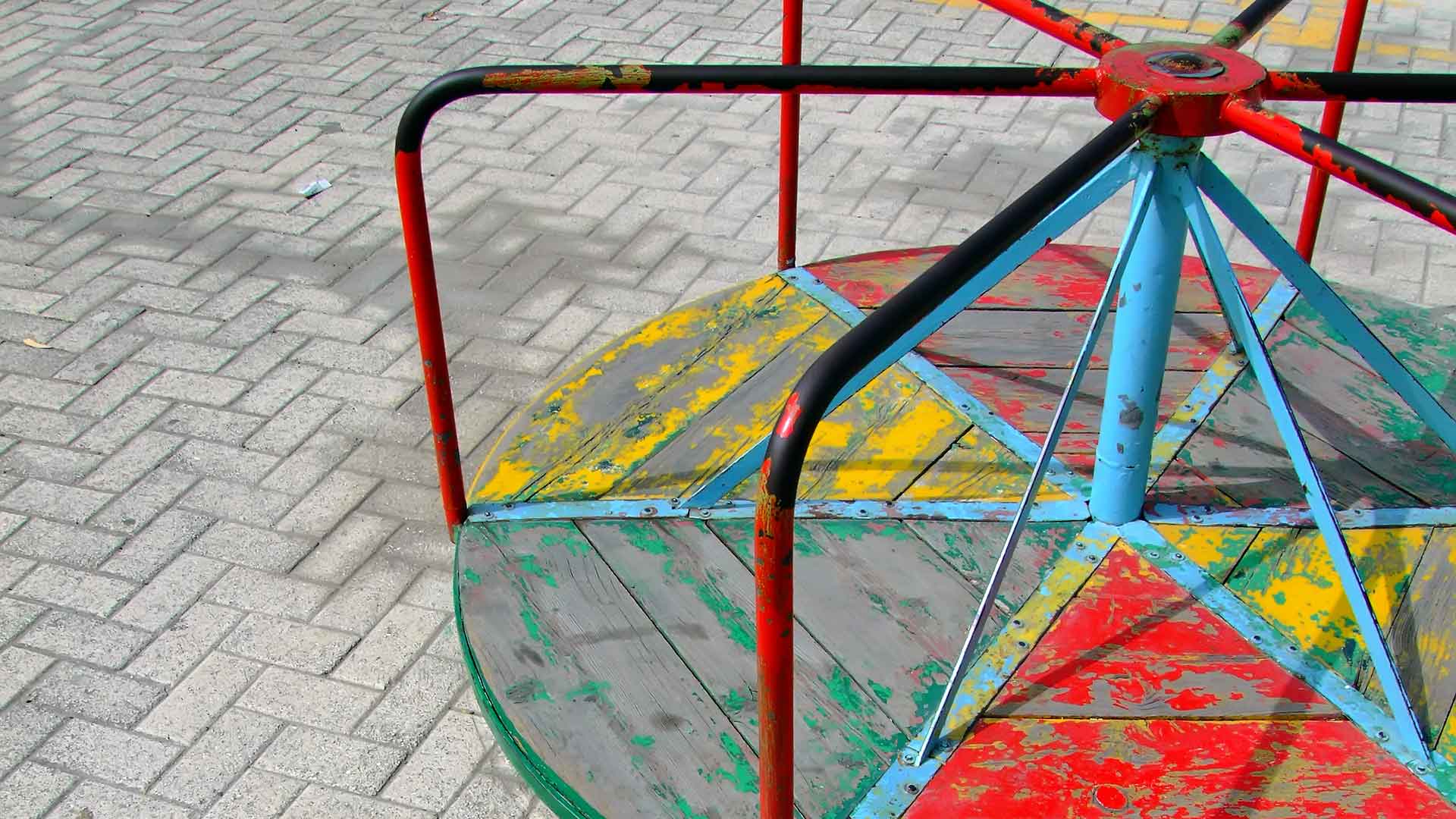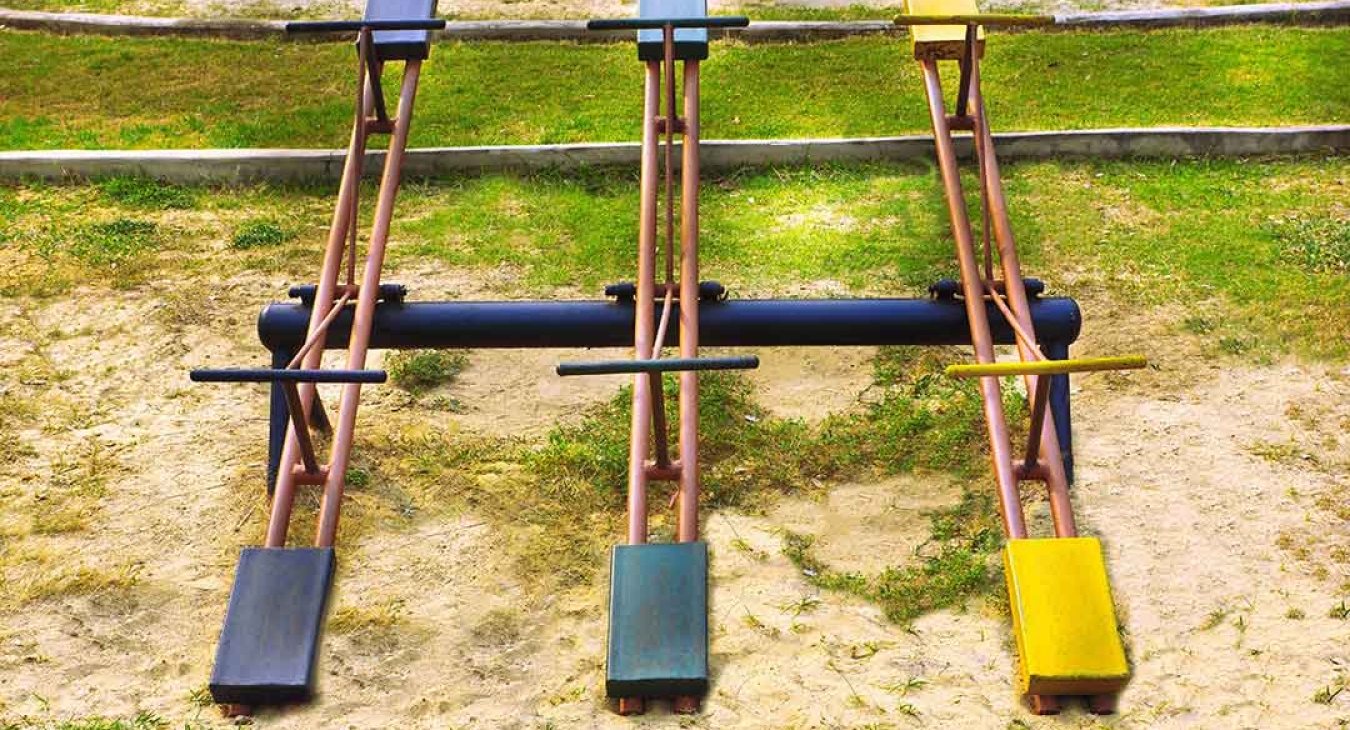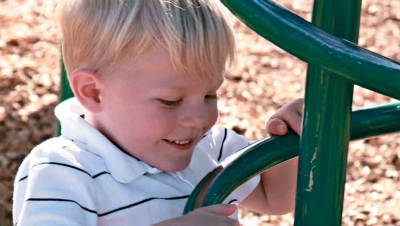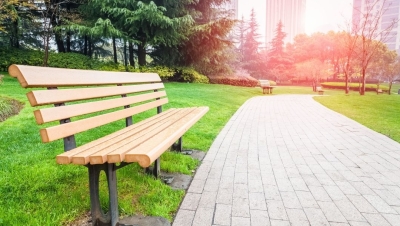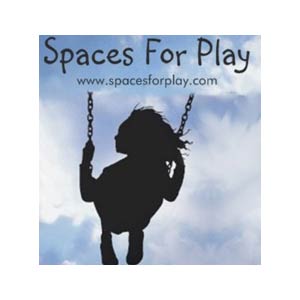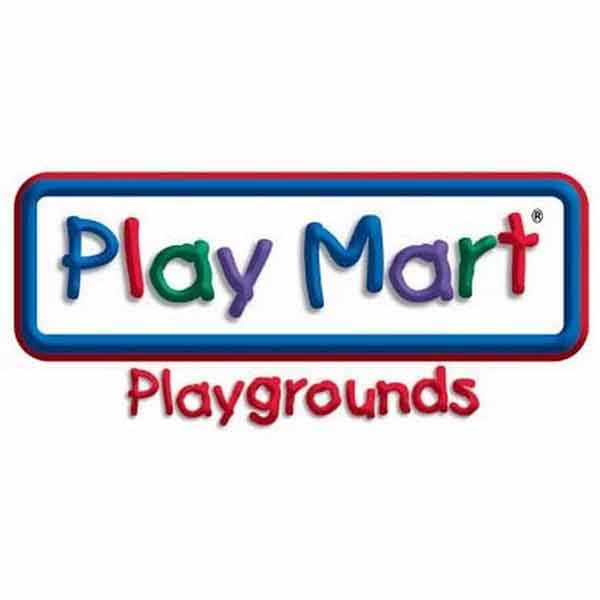What do you do with your old play equipment? That depends on why you are removing it.
When I am upgrading a play area because the play equipment is non-compliant, I usually require that the existing equipment be demolished and disposed of. I will allow the client to salvage some usable parts like the swings and some barrier panels that can be used as temporary closures when slides or other equipment on other playgrounds are damaged or taken out of service.
If play equipment is non-compliant that usually means that the equipment is not safe. If the equipment is not safe enough for my grandchildren to use, it is not safe for anyone’s children. I have on occasion allowed non-compliant equipment to be used for training police or search and rescue dogs but I do not allow the contractor to donate or sell the equipment for use in someone’s backyard, a church, a small school or ship it to Mexico. I would not be comfortable learning that my non-compliant equipment caused the injury to a child in Mexico or any other place. It should go to a recycler.
I was a consultant on a court case that involved a serious injury to a boy on a small church playground. A public school had updated its play area and told a local church that it could have the old play equipment if the church removed it from the school. Church volunteers dismantled the play equipment and relocated it to the church. The volunteers had no installation instructions, no knowledge of playground safety requirements, and they were not told that the old equipment was not compliant. The boy received serious head injuries and the church received a $600,000 claim that it could not afford. The school that donated the equipment saved a lot of money by letting the church have the equipment and was not included in the case. The school should have been liable for knowingly giving faulty equipment to an uninformed church.
Inspect And Re-Inspect
If the play equipment is compliant but the current owner is closing or relocating or if you simply want to replace the equipment with the newest and greatest, it may be possible to reuse the equipment but it should be inspected by a Certified Playground Safety Inspector before it is dismantled.
A site plan showing how it was installed and how much use zone it requires should be prepared and all supporting installation instructions and drawings should be assembled.
The equipment should be carefully dismantled and reinstalled by someone who is experienced with installation of play equipment, not by good-intentioned volunteers or inexperienced workers. Once it is reinstalled at the new location it should be re-inspected and approved by a CPSI before it is used.
If the play equipment is non-compliant how do you decide if it is worth the expense of upgrading or if it should be removed and replaced? One of my school district clients once told me they did not care what I saved but they wanted me to save something of the old play equipment because they wanted to specify that the new equipment must match the existing. They did not want to go out to bid for new equipment but instead wanted to use the same brand of equipment that the district had. They were not trying to restrict purchasing to one specific manufacturer but they wanted to avoid a lengthy bidding procedure imposed by the district. If they could claim that they were purchasing replacement parts they would save a lot of time by purchasing from one supplier rather than using competitive bidding procedures. At one site all I could save was one slide. At another site all I could save were the posts but they had to be removed and relocated to a new layout.
Not A Sound Financial Decision
This option may have some value if time is your only concern but financially it probably is not the best way to go. Frequently this dilemma is solved by the manufacturer because the equipment is simply obsolete and replacement parts are not available. Generally speaking, if the cost of the repairs or modification are equal to or exceed one-half of the original cost of the equipment it is probably a good choice financially to consider replacing the equipment.
Even if you can find replacement or retrofit parts, the colors won’t match because of oxidation and you will end up with equipment that still looks funky. Repainting play equipment is generally not a good idea. Most play equipment is powdercoated and most paints are not compatible without a lot of preparation. The manufacturers provide touch-up paint in aerosol cans but not in volumes large enough to repaint entire structures. The closest type of paint that is usually available is automotive paint.

